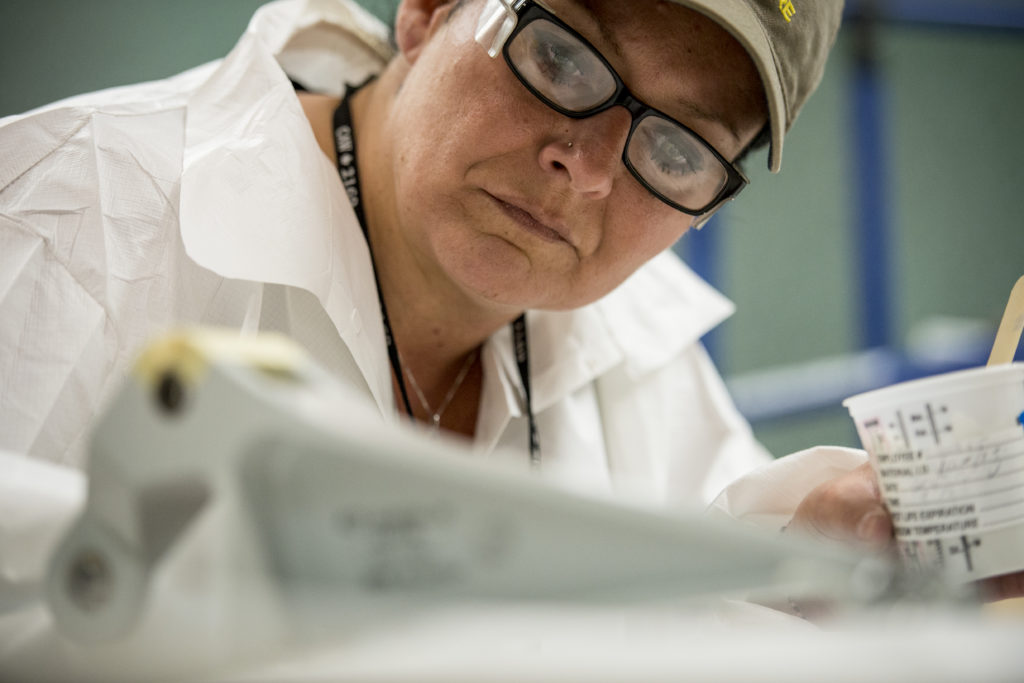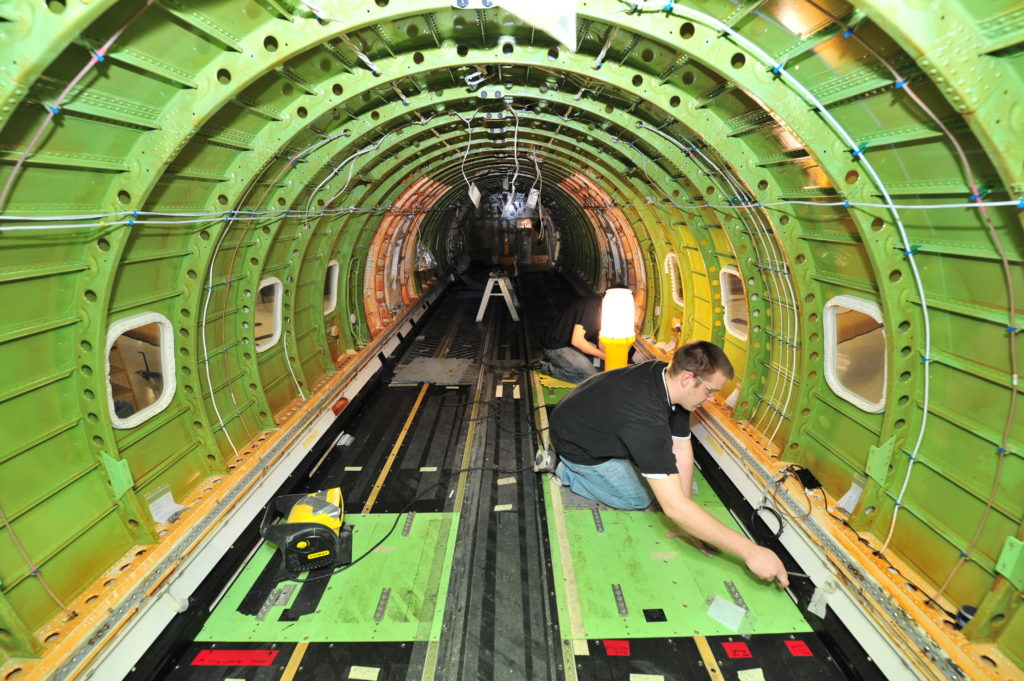Estimated reading time 4 minutes, 20 seconds.
As Canada’s aviation and aerospace companies prepare for a hiring surge to address an industry-wide labour shortage, they may rely on a platform that does for job matching what eHarmony does for online dating.

The Ontario Aerospace Council (OAC) and other major industry associations are encouraging members to use Magnet, an online system developed at Ryerson University that filters applications and matches job seekers with potential employers.
Magnet also serves other industries, but it has been customized for aviation and aerospace skills, certifications, job titles, and post-secondary instxxitutions, through a partnership with the Canadian Council for Aviation & Aerospace (CCAA).
Companies seeking employees with a certain licence or type rating can be matched with candidates with exactly those qualifications.
“You still have to interview people, just like [if] you’re going to date someone,” said Austin Hracs, manager of research and partnerships for Magnet, in a presentation to CCAA members earlier this year.
“You’re not going to marry them before you take them out a couple of times … But Magnet, we kind of do a lot of this pre-screening work for you.”
Magnet was developed as a social initiative, and is entirely free to use. As with online dating, it allows employers to list so-called “deal-breakers”–essential qualities an applicant must have in order to fill the position.

Job seekers create a profile that lists their education, work experience, and other qualifications. Magnet proactively matches them with available positions, and suggests they apply.
A major goal of the system is to help employers manage the “spamming” that can occur via other platforms, which allow for one-click applications.
“What we’re seeing is, employers become inundated with applicants,” said Hracs.
“And job applicants, they just throw it out there and see what sticks. As an employer, this is going to waste a lot of your time.”
The logistical challenges of paring down a list of 1,000 resumes mean good job seekers and good employers are often like ships in the night, said Hracs.
“They kind of miss each other,” he said. “Even if they apply to your position, you may not have picked them out of the pile.”

Magnet also allows job seekers to self-identify as members of employment equity categories, including women, newcomers to Canada, people with disabilities and Indigenous people.
Employers who want to hire exclusively from one or all of these categories can use Magnet to tailor the job competition accordingly.
Job seekers are only required to upload their profile and job preferences once, and Magnet allows them to track all of their applications.
“If you’re applying for positions, that’s like a full-time job,” said Hracs.
“So we’re taking a lot of that kind of work and burden of spamming employers off the table. They don’t have to do that.”
Magnet launched in 2014 and has 14,000 employers in the system, said Hracs.
Employers and job seekers can sign up through the CCAA Magnet site or through the Job Magnet links on the CCAA landing page.








